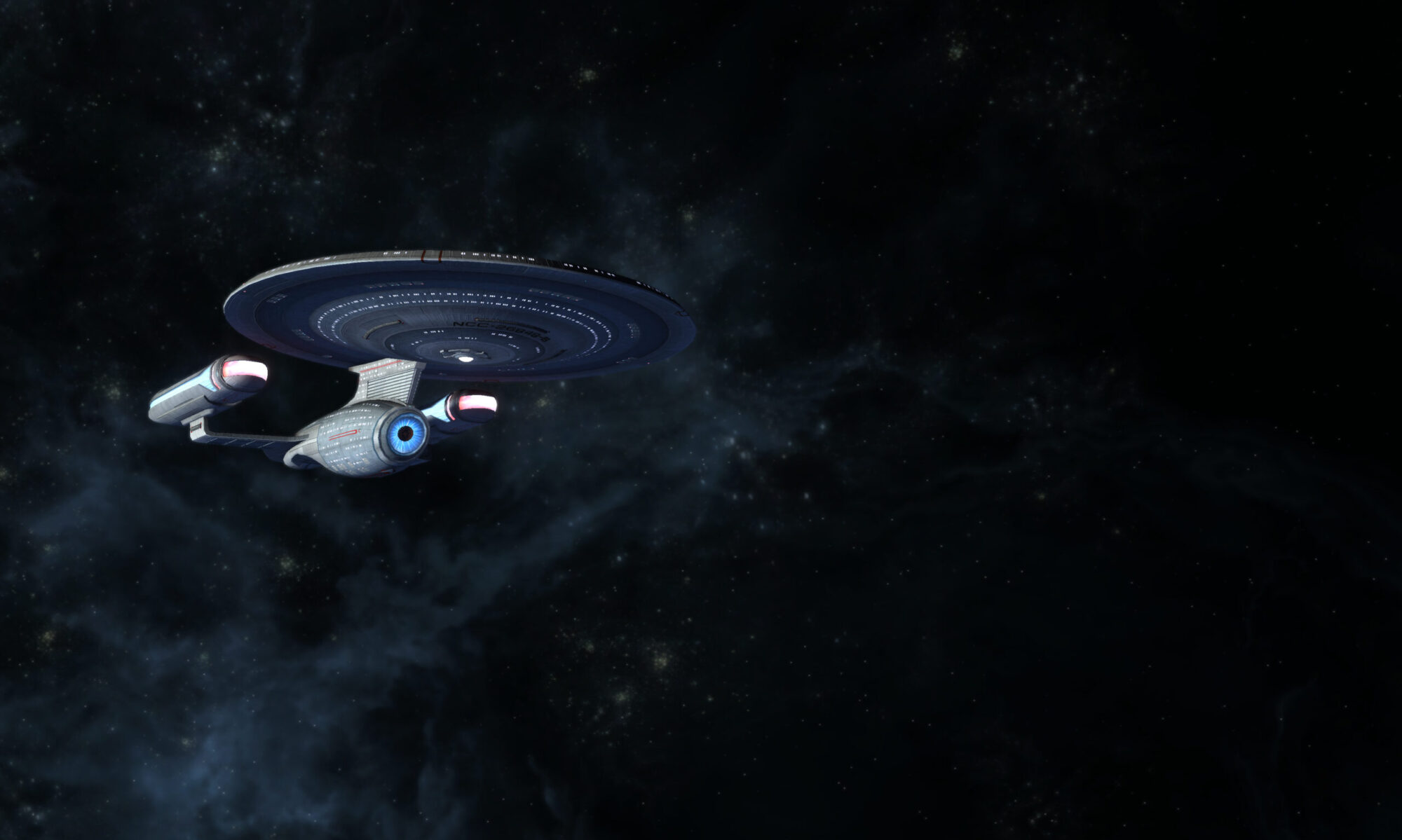
There is no better place to study what Earth civilians are making and creating in the 21st century than at Maker Faire—a two-day, family-friendly festival of invention, creativity and resourcefulness, and a celebration of the Maker movement. Ensign MacKinnon and myself, Ensign Sloan, beamed down to the San Mateo Events center where the 15th Annual Maker Faire was behind held.
First duty was seeking out the Tesla stage for a demonstration by ArcAttack! of using Tesla Coils to create music. It was a symphonic orchestration using electricity, the likes of which we often see in our space exploration and I was pleased with the representations these civilians concocted. We recorded some of the music created in the demonstration to bring back to the ship and share with our fellow officers. Additionally the center that contained the Tesla Stage was very dark and contained many glowing things, so it appealed to our inner teenage selves.
As a cyberneticist I was quite fascinated by the robot area, which was very primitive compared to the androids and robots of our time, but very fun to interact with. Some of the models we encountered: R2-D2 and other Astromech droids, Wall-E, a Class M-3 Model B9 Robot, and a Dalek. The Dalek was quite terrifying as it notified us of its wish to EXTERMINATE us. We blinded it with our camera flash and made our exit before it could accomplish this task. As we continued our study of the faire, we encountered a native android performing a tribal dance to music, which Ensign MacKinnon joined in on.
There was also a section of the festival dedicated to Steampunk, which contained a lot of metal, steam, fire and quaint devices. There were many different models of computers, and many areas where faire goers could create their own crafts and devices. We sat down for a lecture given by Mike Estee on The Laws of Paper Robotics. Mike has been creating cardboard robots, and cardboard-copters in the past year and shared what he has learned, and encouraged others to partake in this cheaper way to create robots. In another area we happened upon magnificent models of ships created out of LEGO pieces, one of which was a formidable weapon that the Federation would never approve of, called “The Deathstar.”
We saw many inventions involving electricity and many inventions involving fire. All in all the festival was so packed with inventions, demonstrations, and amusement that it was impossible to see it all in one day. We reported back to the ship before the Faire closed that day, and will definitely be returning again next year.
-Ensign Amy Sloan
Cybernetics Officer
USS Loma Prieta
Starfleet, Region 4

(Above: Ensigns Jesse MacKinnon and Amy Sloan are ‘exterminated’ by a Dalek)




